When it comes to landscaping in Colorado, decorative grasses have become an increasingly popular choice among homeowners and gardeners alike. Their ability to adapt to various climates while providing unique textures and colors makes them a perfect fit for the vibrant Colorado landscape. In this guide, we’ll explore everything you need to know about decorative grasses in Colorado, from choosing the right varieties to maintenance tips.
Why Choose Decorative Grasses?
Decorative grasses offer a myriad of benefits that can transform your outdoor spaces. Here are some compelling reasons to consider them:
- Low Maintenance: Once established, many decorative grasses require minimal upkeep.
- Versatile Aesthetics: They can complement a wide range of landscaping styles, from rustic to contemporary.
- Seasonal Interest: Decorative grasses provide year-round interest with their changing colors and forms.
- Environmental Benefits: They can help with soil erosion and provide habitat for wildlife.
The Best Decorative Grasses for Colorado
Colorado’s unique climate, characterized by its high altitude and varying temperatures, can be challenging for some plants, but many decorative grasses thrive here. Below is a list of some of the best options:
1. Blue Grama Grass (Bouteloua gracilis)
Blue Grama Grass is a native grass that showcases delicate, curved seed heads resembling eyelashes. This perennial grass is drought-tolerant and grows well in poor soils.
Pros:
- Drought-resistant.
- Low maintenance.
- Attracts pollinators.
Cons:
- May require reseeding every few years.
2. Little Bluestem (Schizachyrium scoparium)
This grass features stunning blue-green hues in spring, transitioning to fiery red and orange in the fall. It grows well in dry, rocky soils.

Pros:
- Stunning fall color.
- Resilient to drought.
- Provides winter interest.
Cons:
- Can be slow to establish.
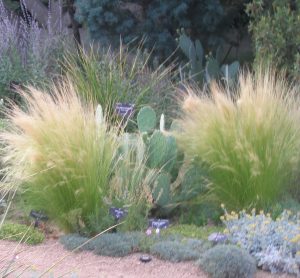
3. Switchgrass (Panicum virgatum)
Known for its tall, airy form, Switchgrass is perfect for creating privacy screens. It adapts well to a variety of soil types and conditions.
Pros:
- Great for erosion control.
- Attractive seed heads.
- Supports wildlife.
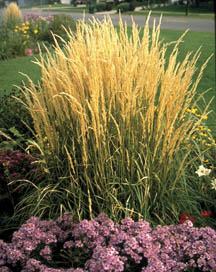
Cons:
- Can become invasive if not controlled.
4. Feather Reed Grass (Calamagrostis acutiflora)
This ornamental grass adds vertical interest to any garden, with its feathery flower plumes that sway beautifully in the breeze.
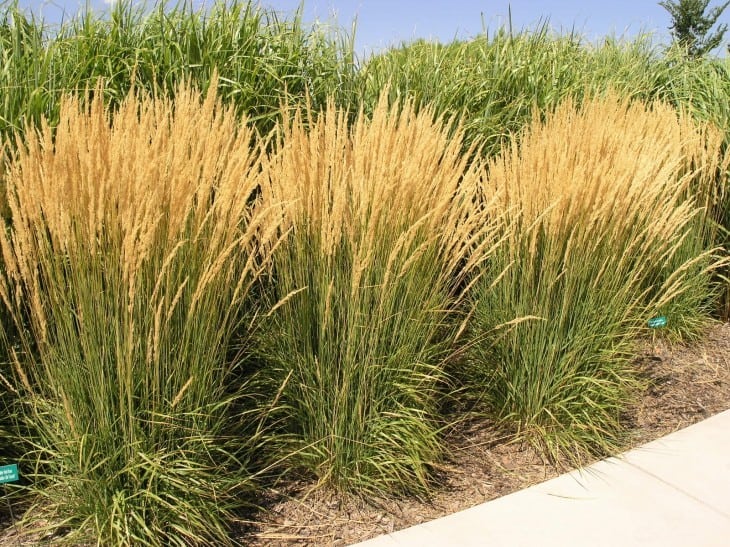
Pros:
- Good for windy areas.
- Provides excellent height.
- Long-lasting plumes.
Cons:
- Requires more water than some native grasses.
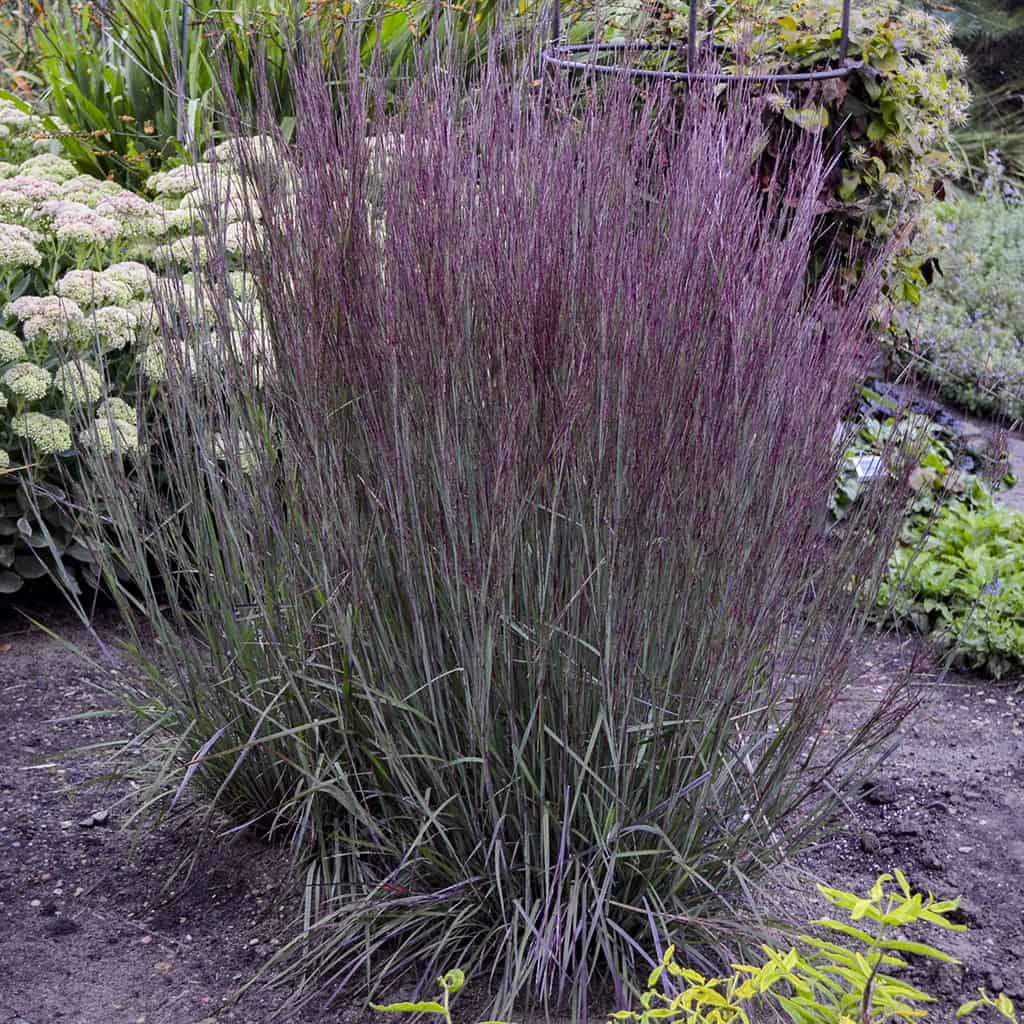
How to Incorporate Decorative Grasses into Your Landscape
Integrating decorative grasses into your landscaping can significantly enhance your outdoor space. Here are a few tips based on personal experience:

1. Create Focal Points
Use taller grasses to create focal points in your garden. Pair them with shorter plants for contrast and visual appeal. For example, Little Bluestem can be placed behind colorful perennials to add depth.
2. Utilize Grasses for Borders
Using ornamental grasses as natural borders can define areas in your garden. Blue Grama Grass serves well in this capacity, providing a soft edge that blends beautifully with the landscape.
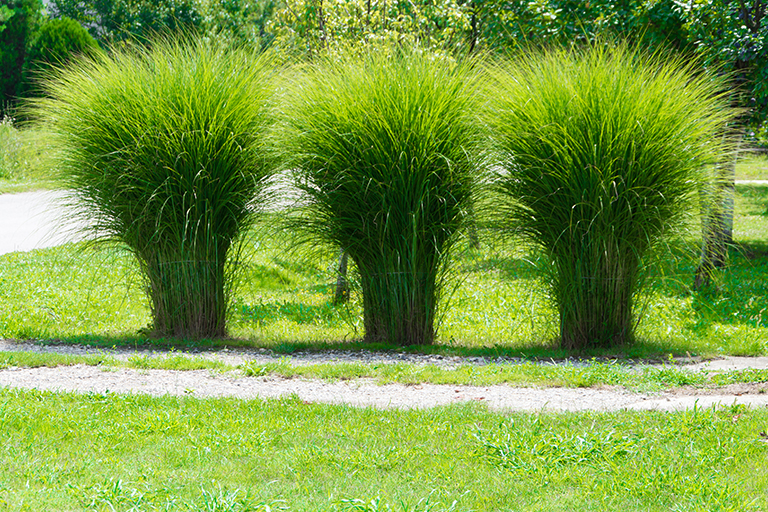
3. Mix with Other Plant Types
Combining decorative grasses with flowering plants can create a dynamic look. The fluffy seed heads of Feather Reed Grass contrast beautifully with the vibrant blooms of other perennials.
4. Use Grasses in Containers
For those with limited garden space, consider planting grasses in decorative containers. This adds height and movement to patios or decks. Switchgrass is an excellent option for container gardening due to its adaptable nature.
Maintenance Tips for Decorative Grasses
Although many decorative grasses are low maintenance, proper care will ensure they remain healthy and vibrant:
Watering
In their initial growing period, decorative grasses need regular watering. Once established, adjust watering based on the specific grass type and the local climate.
Fertilizing
Most ornamental grasses do not require heavy fertilization. A balanced fertilizer applied once in early spring should suffice.
Pruning
Cut back grasses in late winter or early spring before new growth begins. This helps maintain their shape and health.
Comparison Table of Decorative Grasses
| Grass Type | Height | Sunlight | Drought Tolerance |
|---|---|---|---|
| Blue Grama Grass | 12-24 inches | Full sun | High |
| Little Bluestem | 24-36 inches | Full sun | Medium |
| Switchgrass | 36-60 inches | Full sun to partial shade | Medium |
| Feather Reed Grass | 36-48 inches | Full sun to partial shade | Medium |
FAQs About Decorative Grasses in Colorado
What decorative grasses are best for Colorado Springs?
Some of the best options for Colorado Springs include Blue Grama Grass and Switchgrass, as they are well-suited to the area’s climate and soils.
Do decorative grasses require a lot of water?
Most ornamental grasses are drought-tolerant once established, but they do need regular watering during their initial growth period.
When is the best time to plant decorative grasses?
The ideal time to plant ornamental grasses in Colorado is in the spring after the last frost to ensure the best growth.
Can I mix decorative grasses with flowering plants?
Absolutely! Mixing decorative grasses with flowering plants can create visual interest and enhance the overall aesthetics of your garden.
How do I prepare my soil for decorative grasses?
It’s essential to have well-draining soil. You may need to amend heavy clay soils with organic matter to improve drainage before planting.
Final Thoughts
Decorative grasses can bring texture, color, and life to your Colorado landscape. With careful selection and a little maintenance, they can thrive beautifully, adding character and charm to your outdoor spaces. From my experience, incorporating grasses into your garden design can truly transform the way your yard looks and feels. So why not give them a try? Happy gardening!